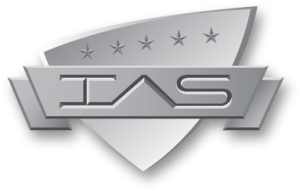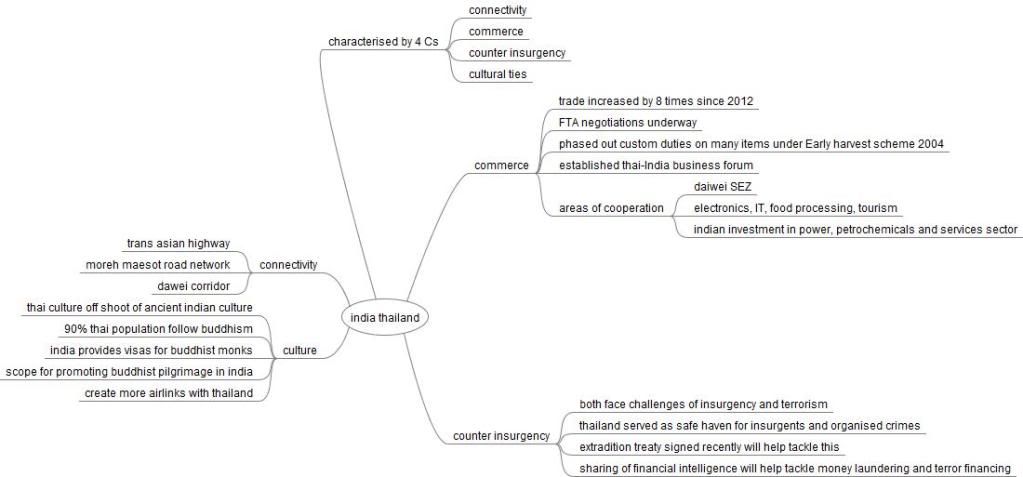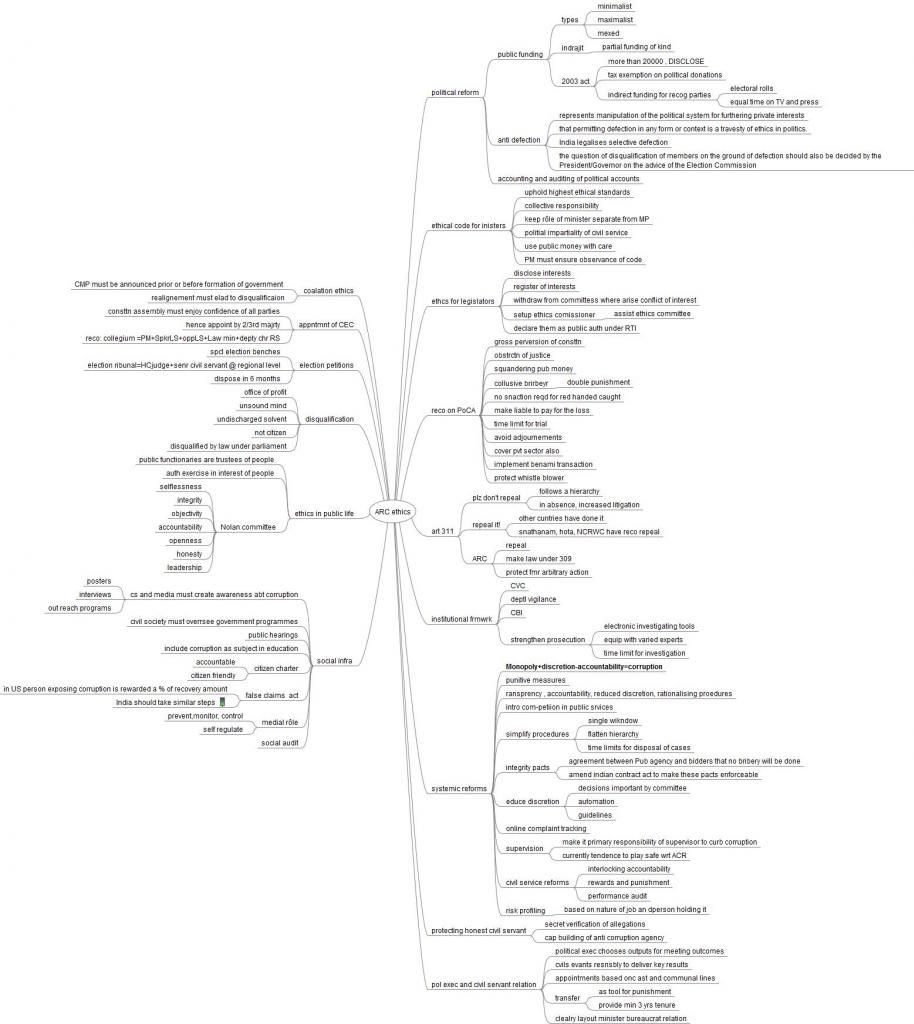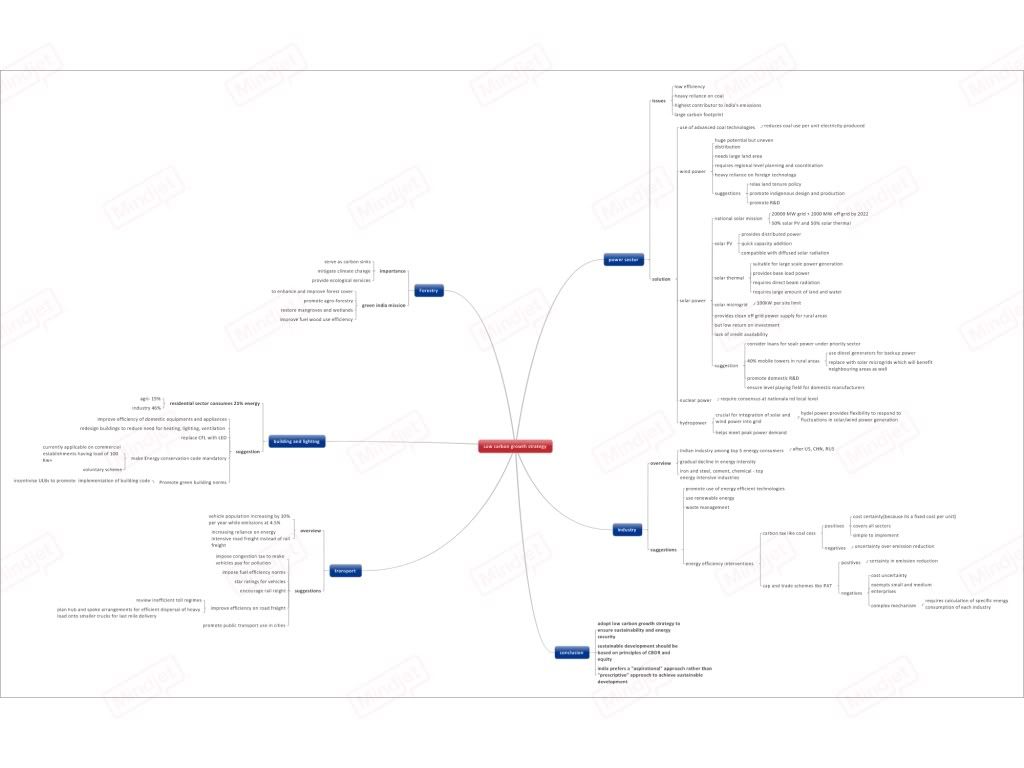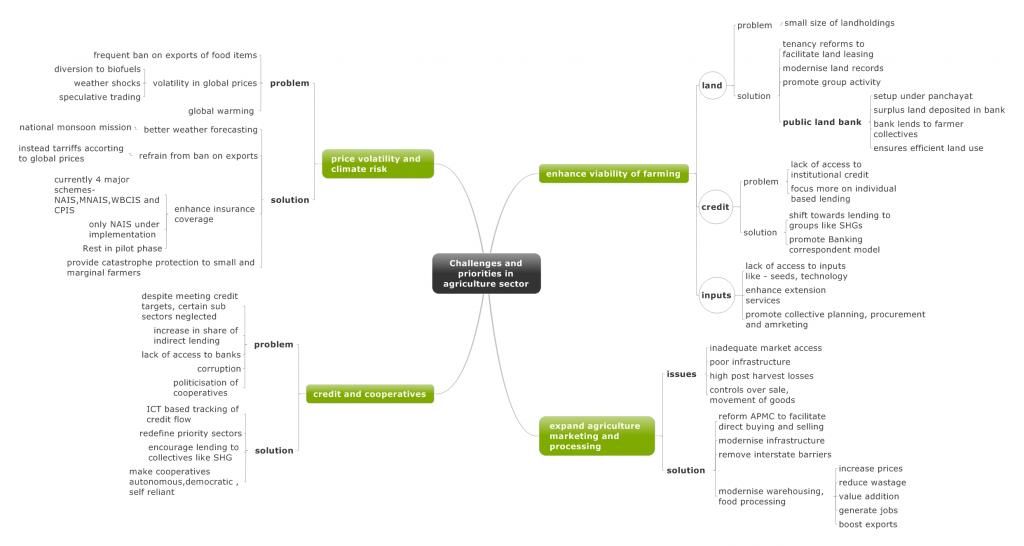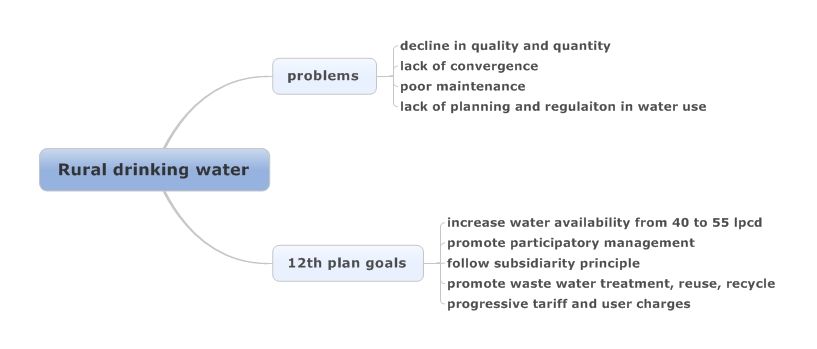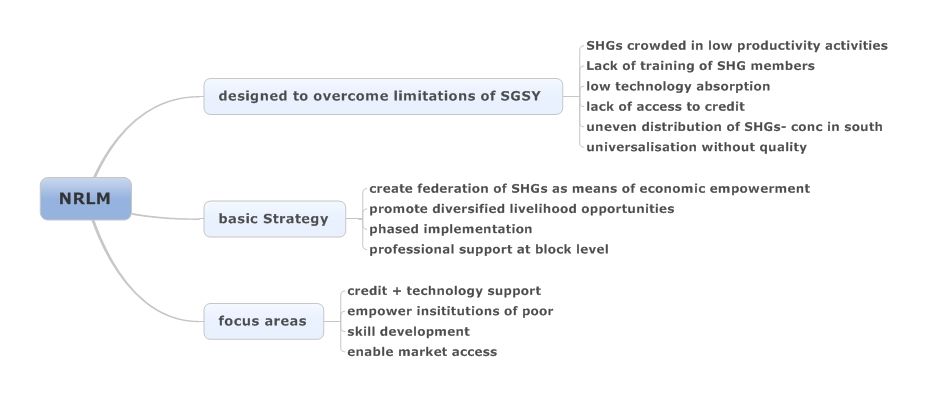73rd and 74th amendment were landmark events in
Indian polity.It led to institutionalisation of third tier of governance in
form of panchayats and
municipalities.This has led to significant changes in political land scape of
India.
In last 2 decades, elections have been held on regular
basis for local bodies in most of the places.30% reservation for women has led
to empowerment of women in political domain. Some States like Bihar,M.P have
further extended womens reservation to 50%.
Several flagship schemes like NREGA,JNNURM are being
implemented through local bodies. Local bodies are being empowered to undertake
social audit.
In scheduled areas gram sabhas have been given greater
powers to regulate money lending, permit land acquisition and other sensitive
issues.
Many of leaders from panchayat level have been able to
progress to state and national level
politics.Local bodies are serving as nurseries for producing future
leaders.
Thus in past 2 decades ,significant strides have been
made in deepening democracy.This is reflected in fact that India has over 30 lakh elected representatives at
local, state and national level.
However there are several impediments that have made
local bodies ineffective. Constitution envisaged local bodies as institutes of self government.However
state governments reluctance to empower them has led
to their becoming agents of state government.They lack adequate
funds,functions and functionaries. They are forced to depend on state
governments.
The rotation of reservation of constituencies led to
lack of interest of elected representatives
to invest political capital in developing their constituencies. Though
women have been elected to local bodies, in many cases they only serve as proxy
for their male relatives.
Deeply entrenched caste system has led to capture of
local bodies by upper caste members , thus perpetuating discrimination of local
castes.
Therefore real empowerment is lacking. There is
growing disconnect between people and elected representatives at state and
national level. It is in the interest of everyone to devolve powers to local
bodies and make them into effective institutions of self government.This would
transform India from a representative democracy to a more inclusive, participative
and responsive democracy.
